Published in the Sunday Mumbai Samachar on 16 March 2025
From its deep-rooted history to its lively bazaars and mouthwatering food, Istanbul captivates visitors with its unique blend of cultures.
I visited Istanbul last year for a friend’s wedding, and let me tell you, there’s nothing like it! A city bursting with culture, history, and amazing food, it quickly became one of my top five favourite destinations. So much so that I’ve added it to my 2025 bucket list—because one visit just isn’t enough!
Why Istanbul? Here are a few reasons:
- Transcontinental City – The only city in the world that spans two continents, with the Bosphorus Strait dividing Europe and Asia.
- Grand Bazaar – One of the world’s oldest and largest covered markets, home to over 4,000 shops selling textiles, jewellery, spices, and ceramics.
- Eurasia Tunnel – An underwater road tunnel connecting Istanbul’s European and Asian sides.
- Historic Name Changes – Once known as Byzantium, then Constantinople, and finally Istanbul.
That last point is what I want to focus on today: What’s the difference between Istanbul and Constantinople?
Constantinople vs. Istanbul
These are two names for the same city but from different historical periods. The distinction lies in their usage by different cultures and timeframes.
Constantinople: The Byzantine Jewel
Constantinople was founded in the 4th century AD by Roman Emperor Constantine the Great as the new capital of the Roman Empire. It became the capital of the Eastern Roman (Byzantine) Empire and remained a cultural, trade, and religious hub for over a thousand years. The name “Constantinople” means “City of Constantine.”
The city’s strategic location made it the heart of the Byzantine world. It was heavily fortified, with massive triple-layered walls built by Emperor Theodosius II. These defenses made it one of the most secure cities of its time, withstanding numerous sieges.
Constantinople was also home to architectural marvels, including the Hagia Sophia, an awe-inspiring church that stood as the world’s largest cathedral for nearly a thousand years. Other important landmarks included the Hippodrome, where chariot races and political events took place, and the Golden Horn, a natural harbor crucial for trade.
As a center of Orthodox Christianity, Constantinople played a key role in religious developments, particularly during the Great Schism of 1054, which split Christianity into the Eastern Orthodox and Roman Catholic branches. The city also housed vast libraries, schools, and an artistic community that thrived under Byzantine rule, producing incredible mosaics, religious icons, and manuscripts.
Istanbul: The Ottoman Metropolis
In 1453, Constantinople fell to the Ottoman Turks under Sultan Mehmed II, also known as Mehmed the Conqueror. This marked the end of the Byzantine Empire and the beginning of a new era under Ottoman rule.
The city’s name gradually changed to Istanbul, derived from the Greek phrase “eis tin polin” (meaning “to the city”). Under the Ottomans, Istanbul became a melting pot of cultures, with influences from Persian, Arab, and Balkan traditions. The city flourished as the capital of the Ottoman Empire, with grand mosques, palaces, and bustling markets.
The Ottomans transformed Constantinople’s churches into mosques, the most famous being the Hagia Sophia, which became a mosque in 1453. Other architectural masterpieces included the Blue Mosque, the Süleymaniye Mosque, and the Topkapi Palace, the lavish residence of Ottoman sultans. New educational institutions, hospitals, and markets were built, making Istanbul a thriving economic and intellectual center.
Istanbul remained the Ottoman capital until the empire’s collapse in the early 20th century. In 1923, after the establishment of the Republic of Turkey, Ankara became the new capital, but Istanbul continued to be the country’s cultural and economic hub. The name “Istanbul” was officially adopted in 1930 when Turkey introduced the Latin alphabet as part of language reforms.
So, Constantinople represents the city’s Byzantine era, while Istanbul is its modern identity. The name change reflects its transition from Byzantine to Ottoman rule and its evolution into the vibrant, cosmopolitan metropolis it is today.
What to See in Istanbul
Istanbul is a city where history meets modernity, and there’s so much to explore. Here are some must-visit attractions:
- Hagia Sophia (Ayasofya) – A stunning structure that transitioned from a Byzantine cathedral to an Ottoman mosque, then a museum, and is now a mosque again.
- Blue Mosque (Sultan Ahmed Mosque) – Renowned for its striking blue tiles and six minarets.
- Topkapi Palace – The opulent residence of Ottoman sultans, featuring treasures like the Topkapi Dagger and Spoonmaker’s Diamond.
- Grand Bazaar – A must-visit market with thousands of shops offering jewelry, textiles, spices, and more.
- Spice Bazaar (Egyptian Bazaar) – A fragrant market filled with spices, sweets, and Turkish delights.
- Bosphorus Cruise – A boat tour offering stunning views of Istanbul’s skyline, palaces, and bridges.
- Galata Tower – A medieval tower providing panoramic city views.
- Basilica Cistern – An underground reservoir featuring impressive architecture and the famous Medusa head columns.
- Dolmabahçe Palace – A lavish palace showcasing European-style interiors.
- Turkish Baths (Hamams) – Experience a traditional Turkish bath at historic hamams like Çemberlitaş or Ayasofya Hürrem Sultan Hamamı.
- Istiklal Street and Taksim Square – A vibrant area filled with shops, restaurants, and street performers.
- Chora Church (Kariye Museum) – Home to some of the most beautiful Byzantine mosaics in the world.
Istanbul’s fusion of history, culture, and breathtaking architecture makes it an irresistible destination for travelers.
Culinary Delights of Istanbul
Istanbul’s rich culinary scene was another highlight of my trip. Here are some must-try dishes:
- Mercimek Çorbası (Lentil Soup) – A hearty soup made with red or green lentils, flavored with spices and a squeeze of lemon.
- Börek – A flaky pastry filled with cheese and spinach, baked to perfection.
- Imam Bayıldı – Stuffed eggplants with onions, garlic, tomatoes, and spices; so delicious it’s said to have made an imam faint!
- Dolma – Grape leaves or bell peppers stuffed with rice, herbs, and spices, served with yogurt or olive oil.
- Baklava – A sweet, layered pastry filled with nuts and soaked in syrup.
- Turkish Delight (Lokum) – A chewy confection made with sugar, nuts, and fruit flavors.
- Simit – A sesame-crusted bread ring, often enjoyed with tea.
- Çay (Turkish Tea) and Turkish Coffee – Essential beverages for any visitor, often served in beautifully designed cups.
- Künefe – A crispy dessert made with shredded pastry, sweet cheese, and syrup.
So, that’s Istanbul—or should I say, Constantinople! No matter what you call it, one thing is certain: it’s one of the best cities in the world. From its deep-rooted history to its lively bazaars and mouthwatering food, Istanbul captivates visitors with its unique blend of cultures. Whether you’re a history buff, a foodie, or simply someone looking for adventure, Istanbul has something for you. Until next time, or as the locals say, "Hoşça kal!" (Goodbye!)






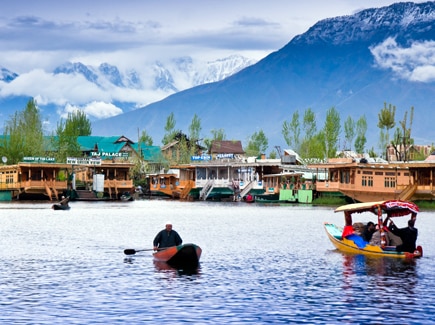
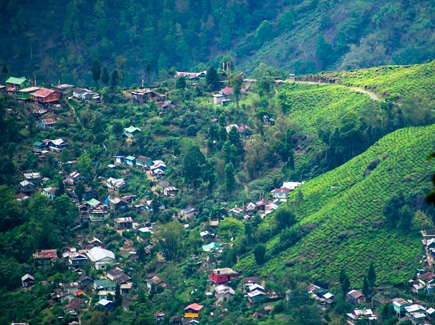



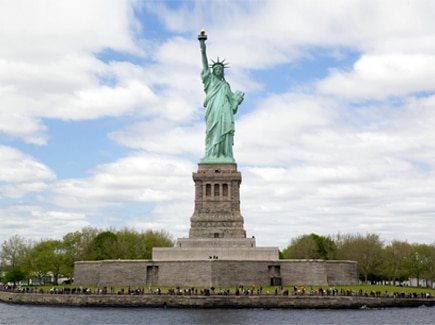
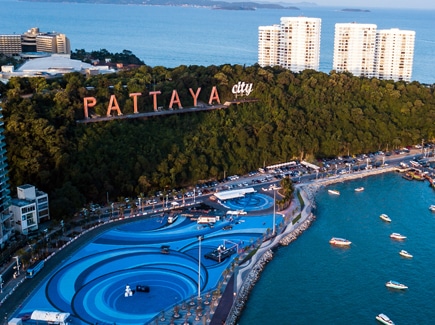
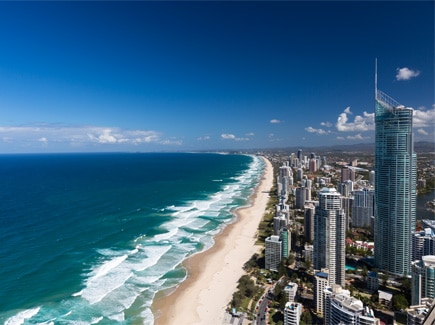
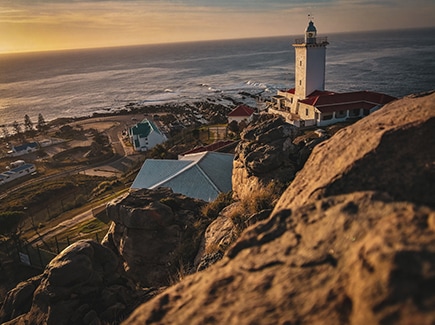















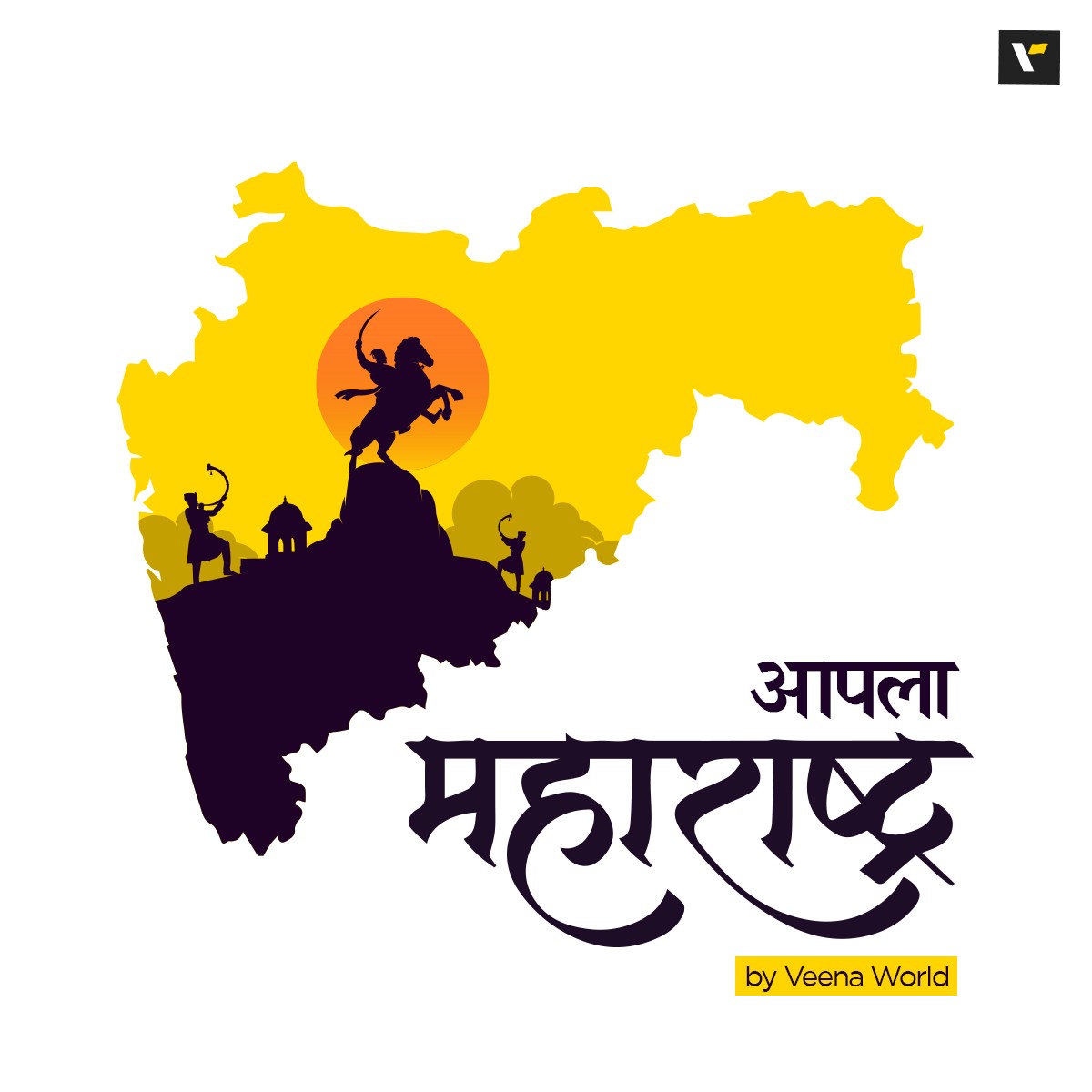


























Post your Comment
Please let us know your thoughts on this story by leaving a comment.